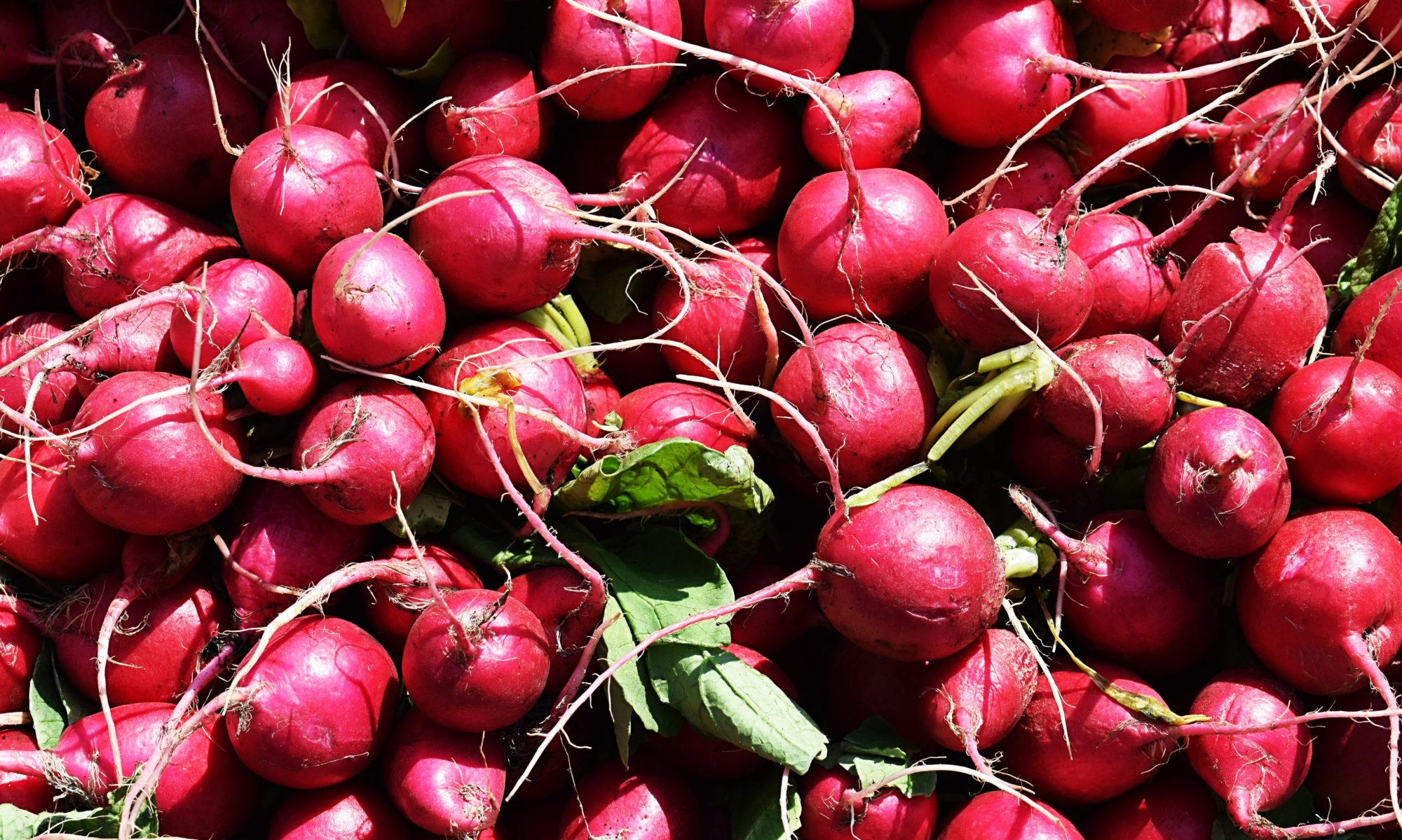
In the dead of winter, when the heavy snows, the bitter cold and the heating bills have us all rethinking living in New England, many a gardener has gotten through the short, grey days by curling up with a stack of colorful seed catalogs and a mug of hot chocolate to do some garden planning.
In our Teaching Gardens right now, we’re sitting down with our gardeners to talk about what this process looks like because, while it’s such fun to dream up the ideal garden, whittling your daydream down to something realistic can be a daunting task, particularly if you’re a novice gardener.
Garden planning is an ongoing process. During the season, we assess what we’ve tried this year and make notes about how to repeat, revise or reject it for next year. This information is invaluable because growing the best garden is all about knowing what YOU want out of it and tweaking your plan to match that goal.
Making a list…
And so we recommend beginning with the full-on daydream – the weed-free, bug-less, disease-resistant garden in your imagination that has every veg, fruit, herb and flower you want to grow. Start by making a list of everything you see in your mind’s eye. What’s growing there? Flip through those seed catalogs for inspiration and see what catches your eye. Jot it down without censoring so that, in the end, you have a long list of plants you’d be thoroughly delighted to grow. This is a critical (and really fun) step; we recommend beginning your garden from a point of giddy excitement so that in mid July when a heat wave blows through, and your patch of Eden needs watering daily, you won’t resent the work of keeping it alive.
Checking it once….
Once your list is drafted, you’ll no doubt realize that you have far more on your wish list than you can accommodate in your garden plot. There are so many beautiful, exciting crops available; it’s easy to want to grow them all. The trick is getting a satisfying mix of crops that you both want to grow and can fit.
The first crops to whittle away are those that won’t grow in your hardiness zone. USDA Plant Hardiness Zones are based on the average minimum winter temperatures, meaning how cold it’s likely to get during a typical season. This information gives a sense of what can survive in our climate and which crops will need a warmer or longer growing season. Most seed catalogs will state the preferred range for each crop. Territorial Seed Co. is a reliable source for this information, especially if it’s not listed for a variety you found on another site. To find your hardiness zone, you can check the USDA Plant Hardiness Zone website. Locally, we’re zone 5b in Leominster and Fitchburg and 6a in Clinton. Once you know your zone, work your way through your list for any crops that need warmer zones, represented by numbers higher than yours. Cross them off or see if they might make suitable houseplants instead.
Checking it again…
Once you’re down to just the crops you can grow out of doors, you’ll want to weigh up what it takes to grow each crop against your desire to grow it. Each crop needs a certain amount of space (which you can check in our Growing Guide) and it will need that space for a set amount of time, be it a month or the whole growing season. Some things require significantly more effort to grow, like tomatoes that need pruning, staking and tying up. And some crops are easy enough to find from other sources that you might not consider them worth your garden real estate. All these factors help you determine whether or not each crop is, in your opinion – the only one that matters here – worth it. Mull it over. Then mull it over some more. During the winter season, take your time and re-prioritize your list until you feel satisfied with the mix.
Getting it on paper
Here’s where push comes to shove. Looking at your list, canGarden Planning Organizer you jigsaw all your crops into your garden space? Put it on paper so that, come spring, you’re confident you have the room for everything you’ve purchased. This part may take several drafts, so have your eraser handy. In fact, you might have to repeat the previous step if it turns out you just don’t have the space you thought you did. Again, take your time over the winter and have fun puzzling it out! Come spring, you’ll have a clear plan for your garden and a record to refer to the following season.
Garden Planning Organizer with blank square foot gardening grids
